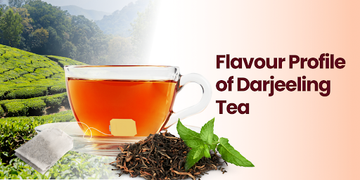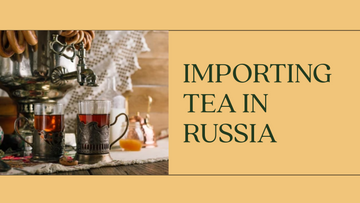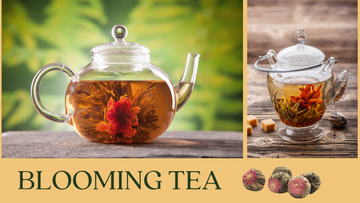
The subject of tea production is considered to be the king among tea-producing industries, or more specifically – the “Champagne of Teas”. Originally grown in some slopes of Darjeeling in India where the weather is very suitable, this type of tea is unique from the other kinds of tea. It is not merely a beverage, but a beverage that excites all tastes at once and stimulates all parts of the tongue through a marriage of floral, fruity, and musky notes. Subsequently, it is easier for a tea connoisseur to appreciate the features of Darjeeling tea by knowing its flavor. True to this assertion, we at Mittal Teas ensure that we provide the very best tea leaves and offer a memorable encounter in each cup.
First Flush: A Delicate Floral Bouquet
First picking, which is done in the early part of spring is perhaps the best of Darjeeling tea production. What makes the first flush so unique is its sheer and crispy taste. This early harvest has a floral taste with a tiny hint of slight sourness, making it have a sharp taste once it’s taken.
As far as the fragrance is concerned, the first flush can accompany the nectar fragrance of jasmine or rose. Drinking first-flush tea is like strolling through a spring garden. The same can be true of other tea as well but nothing can beat the charm of Darjeeling. The colour of the tea is pale gold and to the taste, it is crisp and very fresh with the suggestion of greenness.
Second Flush
The second flush, which is harvested in the middle to late spring through to early summer, is arguably the most celebrated of all the Darjeeling teas. And compared to the first flush, one searches for the deepening of the tones. The leaves have matured and prominently during the warm summer months, the tea develops its famous muscatel - grape-like, rich, slightly earthy, fruity, and nutty flavor.
Muscatel received its name from the Muscat grape and imparts a sweet, full-bodied flavor to this flush. The second flush’s liquor also gives a darker appearance mostly being between amber and golden brown compared to the first flush. The flavoring is more intense as is the body, and one still retains the liveliness associated with tea. You do get that second smash taste of orchid, which gives the second flush some of its flavor profile and is preferred by most mature tea drinkers who enjoy the spice or nut tones. It is just what one would expect when going for a stronger and richer taste yet it does not overpower the buds in your mouth.
Monsoon Flush
The monsoon flush, or rainy season flush, is harvested during the monsoon season when it is mild and rarely gets much notice. Enough rains come into the region during this period hence grown tea plants mature at faster rates which spoils the advantage of having strong flavored teas. Therefore, the monsoon flush teas are a bit darker with a richer and more woody flavor.
Monsoon flush Darjeeling is not as rich as the first and the second flush ones and it is utilized in blends or for preparation of the chai. It becomes quite resistant to spicing and milky additions making it ideal for those with a strong palate for the more comforting coffee blend. Not as popular as its seasonal counterparts, it retains all the characteristics of the tea, only in a less concentrated form.
Autumn Flush
During the year when the rain is on the decline, Darjeeling tea is harvested one last time for the year, the autumnal harvest. This flush is harvested towards the close of the year, at the end of autumn, and has a taste that is unique from that of the other two flushes. Autumn flush delivers a much darker and fuller-bodied tea with an almost velvety taste.
Perhaps it owes to the fact that while the astringency of earlier flushes increases as the weather gets colder, autumn teas are sweet and toasty. Sometimes you can just get a whiff of caramel or nutty in the tea, which gives it a hearty and comforting finish. The fragrance is no longer very floral as it now smells more grounded, the color of the tea deepens and becomes richer. It must be taken in a cup to give it a warmth that makes it even more suitable to be taken during the coldest season.
Conclusion
The uniqueness of Darjeeling tea is that it comes with different tastes. With an aroma range that starts from floral first flush to muscatel-flavored second flush and the mild autumn flushed darjeeling, each season brings a different flavor to the experience. At Mittal Teas, we understand and appreciate this progression, offering you all the virtues of this timeless brew in every cup of tea. For those who have tasted this unique tea or for those who appreciate a good cup of tea, each sip will take one through one of the world’s most fascinating regions!




